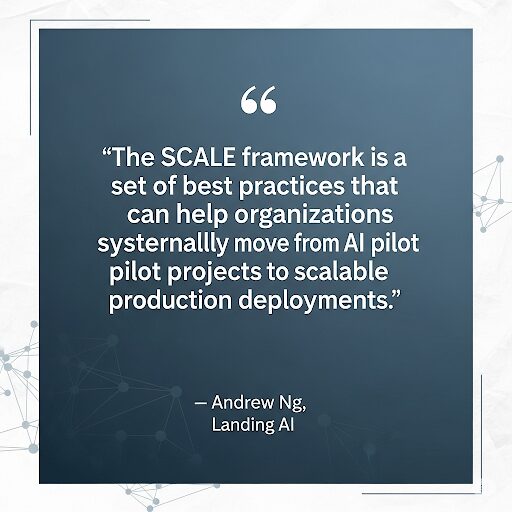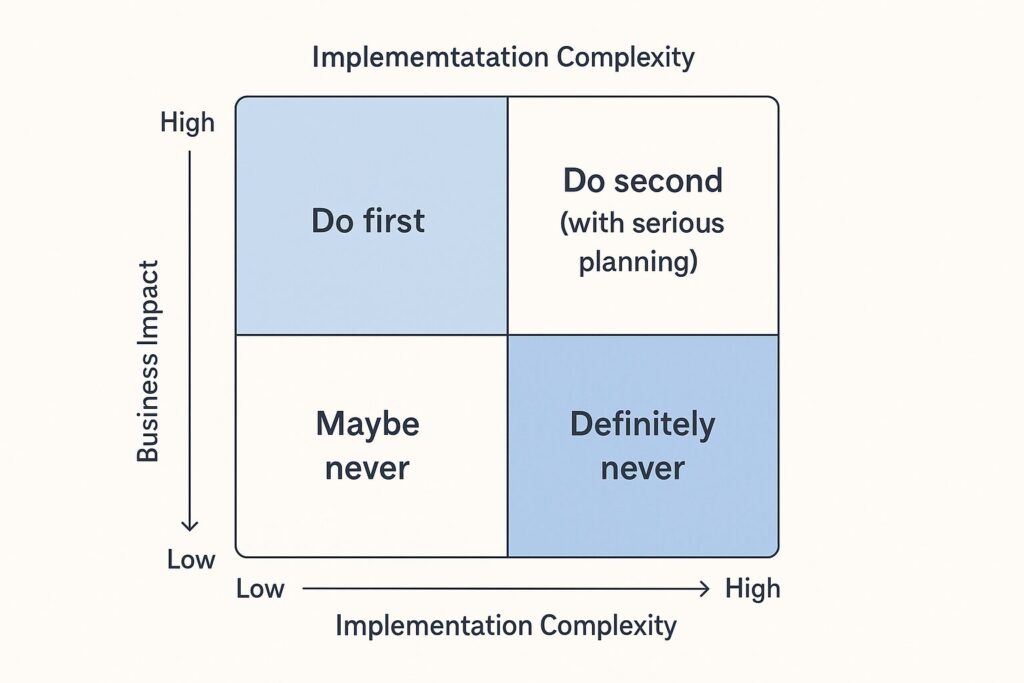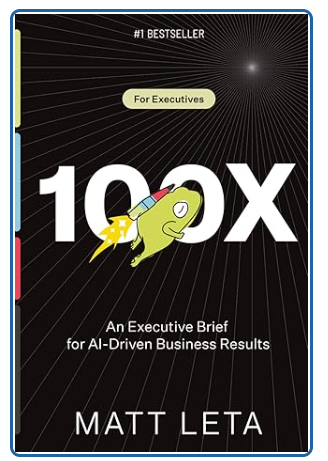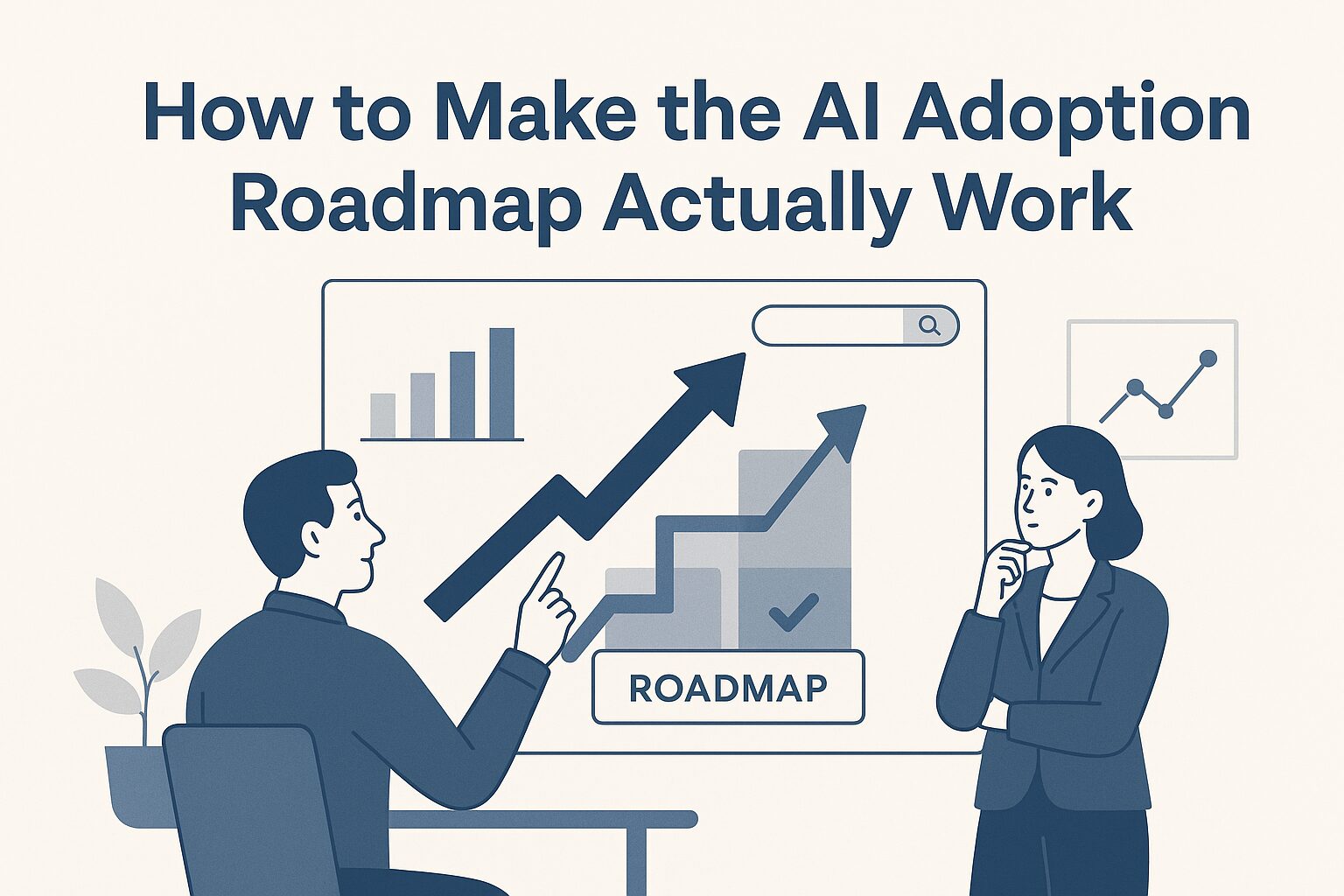Here’s the thing about AI adoption roadmaps that nobody talks about at those fancy conferences: most of them are complete BS.
You know the drill. A consultant shows up with a 47-slide deck filled with buzzwords like ‘digital transformation journey‘ (a strategic approach to integrating digital technologies across all aspects of a business) and ‘AI-first mindset’ (a philosophy that prioritizes AI solutions in business operations). Still, when you ask them about the messy reality of integrating AI with your outdated CRM system, they suddenly start talking about ‘change management paradigms.’
Having been deeply involved in assisting companies with their AI adoption roadmaps for the last years, I can confidently say that the transition from pilot success to scaled ROI is where most AI initiatives stumble. According to MIT Sloan’s 2024 research, only 23% of companies successfully scale their AI pilots into production systems that deliver tangible business value.
The issue isn’t with the technology itself. The problem lies in our approach to adopting enterprise AI. We often treat it as some mystical process when in reality, it’s a systematic business transformation that demands the same level of discipline as any other significant operational change.
So let’s cut through the noise and talk about what an actual AI implementation plan looks like when you strip away the corporate theater.
What Most Leaders Get Wrong About AI Scaling
A colleague of mine was advising a mid-size manufacturing company that had just celebrated their AI pilot “win.” Their new predictive maintenance model was catching failures three weeks earlier than their old system, potentially saving hundreds of thousands in downtime.
The CEO was fired up. The board signed off. The pilot team even walked away with bonuses.
But six months later? That same AI model was still stuck on one production line. The other 47 facilities? Still running the legacy system.
This is the trap: celebrating a pilot as if it equals scale.
According to Deloitte’s AI Institute research, nearly 70% of organizations stall in the pilot-to-production phase—a common trap that derails enterprise AI efforts. Companies often mistake proof-of-concept success for readiness in a scalable AI strategy.
Here’s what they missed: a successful pilot proves your technology works. It doesn’t prove that your organization is ready to scale.
The real question isn’t “Does our AI work?” It’s “Can we systematically replicate this success across our entire operation while maintaining quality, governance, and business impact?”
That’s an entirely different challenge requiring a completely different approach.
The SCALE Framework: A Real-World Blueprint for Scaling AI
The SCALE Framework, developed by Andrew Ng (founder of Landing AI, co-founder of Google Brain, and co-founder of Coursera), is one of the most practical and field-tested playbooks for enterprise AI adoption. It was designed to help organizations bridge the gap between isolated pilots and operational-scale deployment—a challenge that often stalls most AI initiatives.
Here’s how SCALE breaks down:
S — Start small
Focus on a narrow use case with high ROI potential. Win early, build momentum.
C — Cross-functional teams
AI isn’t just an engineering initiative. Bring together domain experts, ops leaders, and IT to co-own success.
A — Access to data
No good AI without good data. Prioritize use cases where data is available, relevant, and actionable.
L — Leverage in-house talent
Build internal capabilities — fast. Train existing teams to develop, maintain, and expand AI systems.
E — Execute and iterate
Don’t wait for perfection. Deploy, learn, adapt, and improve continuously with tight feedback loops.

If you’re leading AI strategy – or reporting to someone who is – this is the framework to bring into your next Monday morning leadership meeting.
Systematic Use Case Prioritization: The ROI Reality Check
Most AI use case prioritization starts with someone asking, “Where can we use AI?” Wrong question. The right question is: “Where will AI create the most business value with the least organizational friction?”
I use a simple 2×2 matrix that’s saved more AI strategies than I can count:
- High Business Impact + Low Implementation Complexity = Do first
- High Impact + High Complexity = Do second (with serious planning)
- Low Impact + Low Complexity = Maybe never
- Low Impact + High Complexity = Definitely never

For that manufacturing company I mentioned? Their predictive maintenance pilot scored high on both Impact and complexity. Instead of trying to scale it immediately, they identified three “Low Complexity,
Medium Impact” use cases to build their scaling muscles first: automated quality inspection, inventory optimization, and energy consumption monitoring.
Six months later, they had four AI systems running smoothly and the organizational capability to tackle the big, complex stuff.
Capability Building Pipeline: Your Human Infrastructure
Here’s what McKinsey’s AI research found, surprising nobody who has done this work: 68% of successful AI scaling comes down to having the right people with the right skills in the right roles.
Change management in AI isn’t just about getting people comfortable with robots taking over their jobs (though that conversation is meaningful too). It’s about building an organization that can systematically identify, evaluate, implement, and optimize AI solutions at scale.
Your capability pipeline needs three distinct groups:
- AI Champions – Business leaders who understand both the technology and the business impact
- Technical Integrators – People who can make AI play nicely with your existing systems
- Process Optimizers – Folks who can redesign workflows around AI capabilities
Most companies try to find unicorns who can do all three. Good luck with that hiring strategy.
Architecture for Integration: Making AI Play Nice with Legacy
Let’s talk about the elephant in the room: AI integration with legacy systems. Your shiny new AI model needs to speak to your 15-year-old ERP system, your custom-built inventory management tool, and that Excel spreadsheet that somehow runs half your business.
This stage is where the rubber meets the road in enterprise AI adoption. I’ve seen brilliant AI solutions die because they required 47 manual data exports and imports to function.
The solution isn’t ripping and replacing everything (unless you have unlimited time and budget). It’s building what I call “AI-ready data architecture” – a systematic approach to making your existing systems AI-compatible without breaking everything that currently works.
Key principle: Start with API-first thinking for any new systems, and build data pipelines that can feed your AI models without disrupting existing workflows.
Real-World Case Study: Foxconn & LandingLens for Visual Quality Inspection
Context: In electronics manufacturing, Foxconn faced challenges with surface defect detection on PCB (printed circuit boards). Traditional rule-based vision systems struggled with variability and inconsistencies.
Pilot: Using LandingLens, a deep-learning platform from Landing AI, Foxconn initiated an AI pilot on a single inspection line. Technicians built a “Digital Defect book,” labeled thousands of image examples, and trained a model to identify nuanced defects. The pilot delivered faster inspection speeds and markedly improved accuracy.
Scaling Path (Applying the SCALE Framework):
- Start small: Began with one key inspection line to prove ROI.
- Cross-functional teams, comprising quality engineers, plant technicians, and ML specialists, collaborated end-to-end.
- Access to data: Streamlined workflows for image capture, labeling, and model retraining.
- Leverage talent: Empowered in-house teams to operate and refine the system, reducing outside dependency.
- Execute and iterate: The platform flags environmental shifts (such as lighting changes), prompting timely model updates.
Results:
Foxconn significantly shortened development cycles and boosted detection accuracy—all without extensive rebuilding across lines. The project laid a scalable foundation for future deployments and operationalizing AI across sites. (e.g., Case Study)
More importantly, they built scalable infrastructure and internal AI muscle that could support future AI initiatives.
Quick Wins & Practical Tips for This Week
Ready to start building your own AI adoption roadmap? Here are five things you can do this week to get momentum:
1. Audit Your Current Pilots:
- List every AI experiment or pilot currently running in your organization. Score each one on business impact potential and scaling complexity. You might discover some hidden gems.
2. Map Your Data Architecture:
- Identify the 3-5 core business processes that generate the most valuable data. These are your prime targets for AI business case development.
3. Find Your AI Champions:
- Look for people in your organization who are already using AI tools (even simple ones like ChatGPT for writing or analysis). These early adopters are your best bet for achieving success on a larger scale.
4. Start Small with Integration:
- Select one straightforward AI tool that can seamlessly integrate with your existing systems without requiring significant changes. Success here builds confidence for bigger initiatives.
5. Establish Learning Metrics:
- Define how you’ll measure both technical performance AND organizational learning from each AI implementation. Both matter for scaling success.
Ready to Go Deeper?
If you’re looking for a clear, executive-friendly framework to scale these efforts beyond quick wins, 100x: An Executive Brief for AI-Driven Business Results
by my friend Matt Leta is a decisive next step. It breaks down how high-performing teams turn AI into real business impact, without the hype or jargon.
In 100x, you’ll learn about the LEAP framework, a practical four-part model that helps organizations Locate, Evaluate, Act, and Plan AI initiatives that move the needle. It’s built for leaders who want more than pilots. They want performance.

The Real Talk on AI Strategy Framework Success
Here’s my honest take after studying dozens of companies navigate their AI transformation journey. Most AI strategies fail not because the technology doesn’t work, but because organizations underestimate the discipline required to scale systematically.
Responsible AI deployment isn’t just about ethics and compliance (though these matters are enormous). It’s about building AI capabilities that create sustained business value without breaking your existing operations or overwhelming your teams.
The companies that succeed treat their AI implementation plan like any other central operational capability – with clear metrics, systematic processes, dedicated resources, and realistic timelines. Those who fail treat it like a technology project, where somehow, magic happens.
Your AI adoption roadmap should be boring. It should be solid operational planning because that’s precisely what it is. Save the sexy stuff for the conference presentations.
The real competitive advantage comes from systematically building AI capabilities that compound over time, creating an organizational muscle that can identify, evaluate, and implement AI solutions more quickly and effectively than your competitors.
That’s not just a technology advantage. It’s a business strategy advantage that gets stronger every quarter.
Ready to build your systematic AI adoption roadmap? I share weekly insights on scaling AI strategy without the hype at StrategicAILeader.com.
Connect with me on LinkedIn for candid discussions about AI implementation.
The future belongs to organizations that can systematically harness AI capabilities, not just deploy AI projects. Let’s make sure yours is ready.
Related Articles
The Ultimate Guide to Embedding-Based SEO Success
AI Agents Are Here: Unlock Growth, Speed & Scale in 2025
The Truth About AI-Driven SEO Most Pros Miss
Unlock Better MarTech with AI Marketing Automation
Win With AI: A Proven 5-Step Guide for Founders
Remarkable AI-Assisted Development Hack Slashed Dev Time
About the Author
I write about:
- AI + MarTech Automation
- AI Strategy
- COO Ops & Systems
- Growth Strategy (B2B & B2C)
- Infographic
- Leadership & Team Building
- My Case Studies
- Personal Journey
- Revenue Operations (RevOps)
- Sales Strategy
- SEO & Digital Marketing
- Strategic Thinking
📩 Want 1:1 strategic support?
🔗 Connect with me on LinkedIn
📬 Read my playbooks on Substack

Leave a Reply